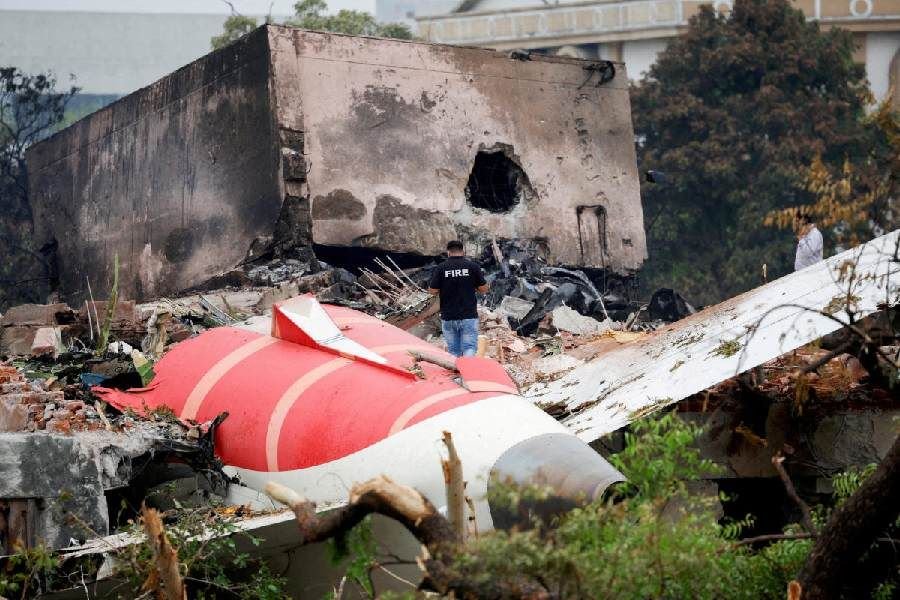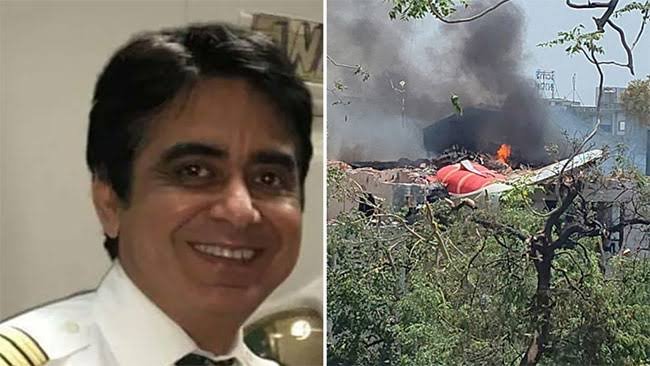On June 12, 2015, tragedy struck in Ahmedabad, India. Air India Flight 171, a Boeing 787-8 Dreamliner en route to London’s Gatwick Airport, crashed just moments after take-off.
The flight carried 242 passengers and crew. Only one person survived.
A further 19 people on the ground were also killed when the aircraft crashed into a densely populated neighbourhood. Among the wreckage, rescue teams pulled out British-Indian national Vishwash Kumar Ramesh. “It’s a miracle,” officials said. He had only minor injuries.
India’s Aircraft Accident Investigation Bureau (AAIB) launched a probe. The preliminary findings were troubling.
Just three seconds after liftoff, the aircraft’s fuel control switches were shut off. This meant fuel could not reach the engines, leading to a rapid loss of thrust.
Though the switches were turned back on and one engine regained power, it was too late. The plane crashed shortly after.
According to The Wall Street Journal, an analysis of the flight’s black box suggests Captain Sumeet Sabharwal, the 56-year-old pilot-in-command, manually placed the switches in the “cut-off” position. Sources said the co-pilot, First Officer Clive Kunder, immediately questioned the decision.
“To us aviation people … we believe straight away that the only way this could have happened is if the captain turned off the fuel control switches,” aviation expert Captain Byron Bailey told Sky News Australia.

“The first one, which is right by his right hand, three seconds up and lift off — and the second one, one second later,” he added.
According to Bailey, the fuel switches could not have been flipped accidentally. “They’re mechanical, not electrical. You have to lift the switch, raise it over the gate and pull it back down. That takes effort,” he said.
“So it had to be done by one of the pilots. But since the co-pilot was flying, then of course, the captain was the one under suspicion,” Bailey concluded.
He called the tragedy “su!c!de by the captain.”
Mental Health Questions and Calls for Reforms
Captain Sabharwal had logged over 15,000 flying hours. But medical records suggest he had taken leave in recent years due to mental health issues, including reported depression. These records were handed over to investigators as part of the inquiry.
The AAIB’s report did not officially state how the fuel switches ended up in the cut-off position.
Captain Bailey has now joined calls for improved safeguards. He believes airlines should install video recorders in cockpits, at least for the final 30 minutes of flight. “Just a short loop, like 30 minutes,” he said. “That would help solve a lot of unanswered questions in future crashes.”
Air India, in a statement after the preliminary findings, said: “We mourn the loss of every life aboard. We are committed to supporting families and working closely with regulators.”
“We continue to fully cooperate with the AAIB and all authorities as their investigation progresses.”
Should cockpit cameras become standard for all commercial flights? Should mental health monitoring be stricter for flight crew?
The crash of Flight 171 remains one of the darkest chapters in India’s aviation history. Behind the mechanical switches and technical faults, there were lives—241 souls lost in a fireball of confusion and heartbreak.
The questions may never stop. But for those left behind, the answers matter.
Rate, Like 👍, Comment💬, share this article, Follow us on our social media handles, and Submit your own story to get featured and earn rewards!






